Are you Searching for an insightful guide to Google Search Console? Then look no further. This comprehensive guide will walk you through all you need to know about the powerful GSC tool and its capabilities. From setting up your account to understanding and analyzing search analytics, core web vitals report and Fixing problems in search console we’ll cover it all.
What is Google Search Console?
Google Search Console is a powerful web service offered by Google that helps website owners monitor, optimize, and maintain their sites’ visibility in its various search engine results. Through the use of this service, webmasters can track website performance, receive notifications if errors are detected, and access reports on how their pages have been indexed by Google. Let’s jump right in and start by introducing you to the Search Console tool and its benefits.
Benefits of Using Google Search Console
Google Search Console is an important tool for website owners as it helps you keep your site healthy and visible in search engine results pages (SERPs). The insights and data you gain from Search Console can help you diagnose technical issues, monitor organic traffic, and see how Google is crawling and indexing your website.
Setting Up Your Search Console Account
Once you’ve understood what Google Search Console is and its benefits, it’s time to set up your account. Follow these simple steps to get started: 1. Sign Up: Go to search.google.com/search-console and click on “Start Now” to create an account. 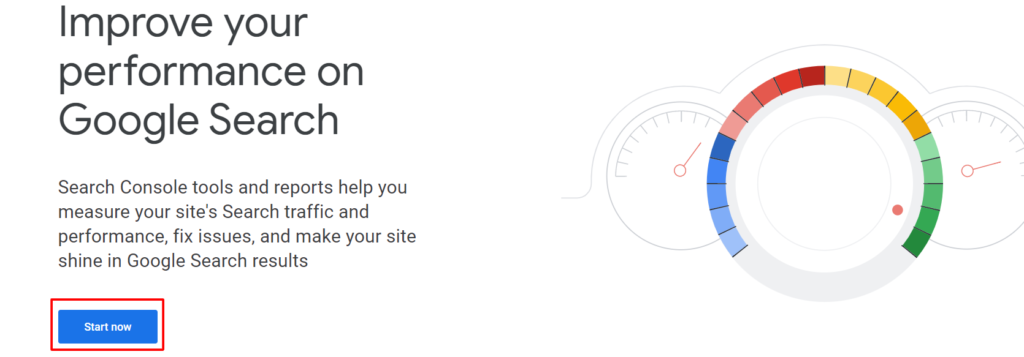 2. Set up Your Property: Enter your website URL in the search bar and click “Continue” to get started.
2. Set up Your Property: Enter your website URL in the search bar and click “Continue” to get started.
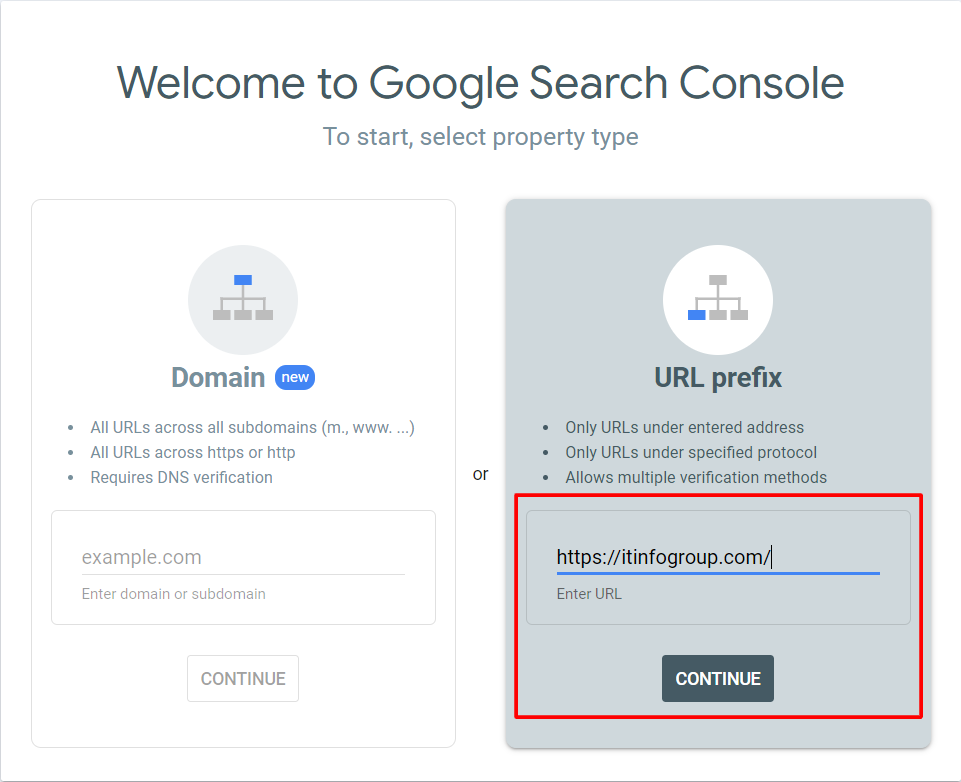
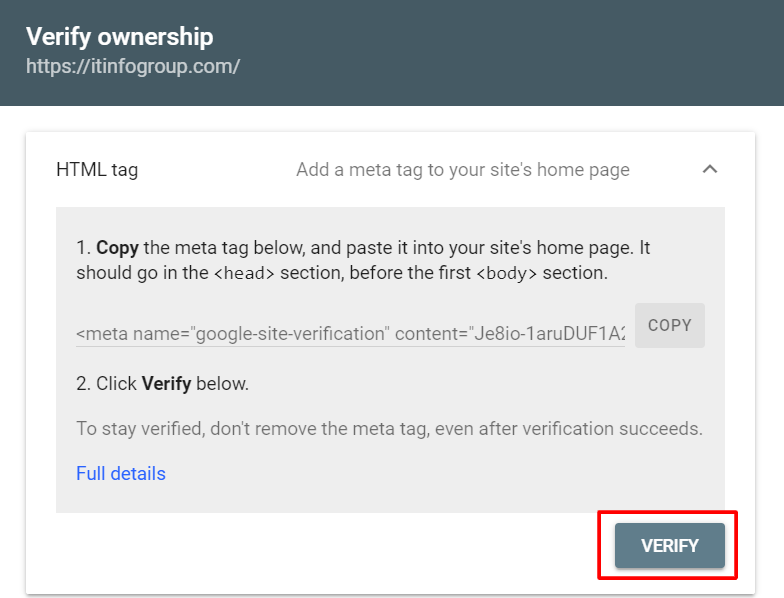
Getting Familiar with the Dashboard
Once your account is set up, you’ll be given access to the Search Console dashboard. Here, you’ll find a range of different reports and tools that you can use to better understand and optimize your website’s performance. Let’s take a look at some of the key features you’ll find in the dashboard: Overview of the Dashboard: You’ll find an overview of your website’s performance which includes the website’s core metrics, top queries, and external links. 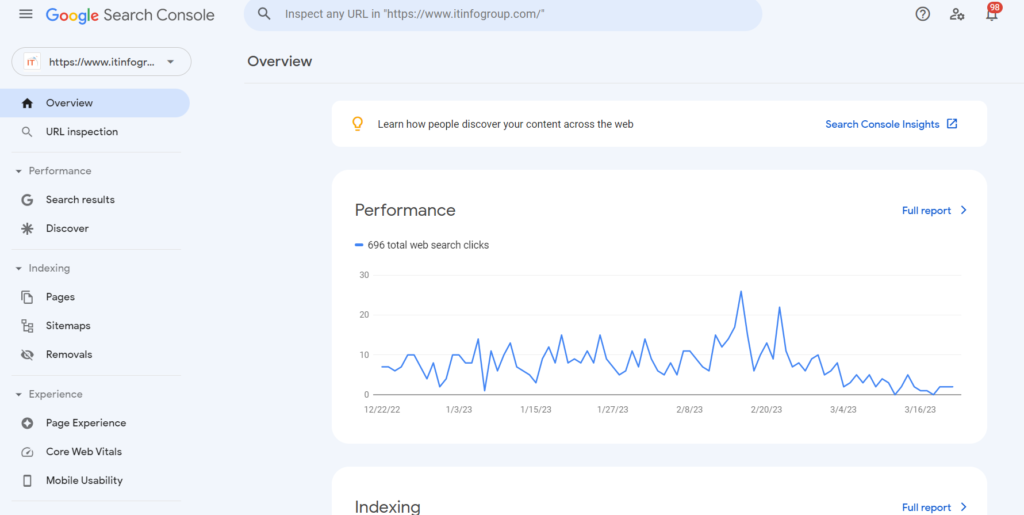 Understanding the Search Performance Report: This report allows you to measure your website’s overall performance, specifically your website’s clicks, impressions, average click-through rate and average position.
Understanding the Search Performance Report: This report allows you to measure your website’s overall performance, specifically your website’s clicks, impressions, average click-through rate and average position. 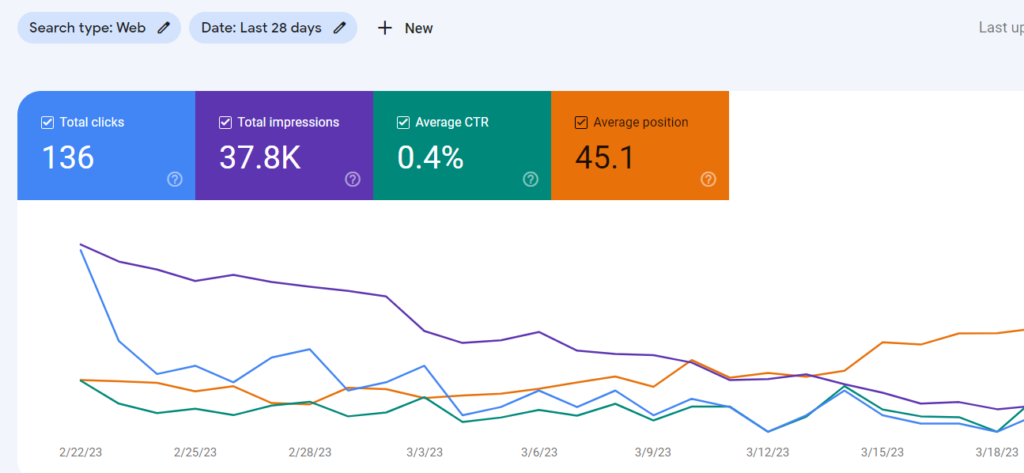 Using the Index Coverage Report: The Index Coverage report allows you to see how Google is crawling and indexing your website.
Using the Index Coverage Report: The Index Coverage report allows you to see how Google is crawling and indexing your website.  Exploring the AMP Report: The Accelerated Mobile Pages (AMP) report allows you to view your website’s rendition and setup on AMP pages.
Exploring the AMP Report: The Accelerated Mobile Pages (AMP) report allows you to view your website’s rendition and setup on AMP pages.  Exploring the Mobile Usability Report: The Mobile Usability report allows you to view any issues found on your website for mobile devices.
Exploring the Mobile Usability Report: The Mobile Usability report allows you to view any issues found on your website for mobile devices. 
Understanding and Analyzing Search Analytics
Next, let’s explore how to use Search Console to analyze the data and gain more insights into your website’s performance. Exploring the Search Analytics Report: This report helps you see how Google is ranking your website and the keywords that people are using to find it.  Analyzing Keywords: This report allows you to see the top-performing search terms used to find your website. Analyzing Queries: The Queries report lets you view the exact queries people use to find your website. Analyzing Pages: This report lets you view the most-used pages on your website.
Analyzing Keywords: This report allows you to see the top-performing search terms used to find your website. Analyzing Queries: The Queries report lets you view the exact queries people use to find your website. Analyzing Pages: This report lets you view the most-used pages on your website.  Analyzing Countries: This report helps you see how your website is performing across different countries.
Analyzing Countries: This report helps you see how your website is performing across different countries. 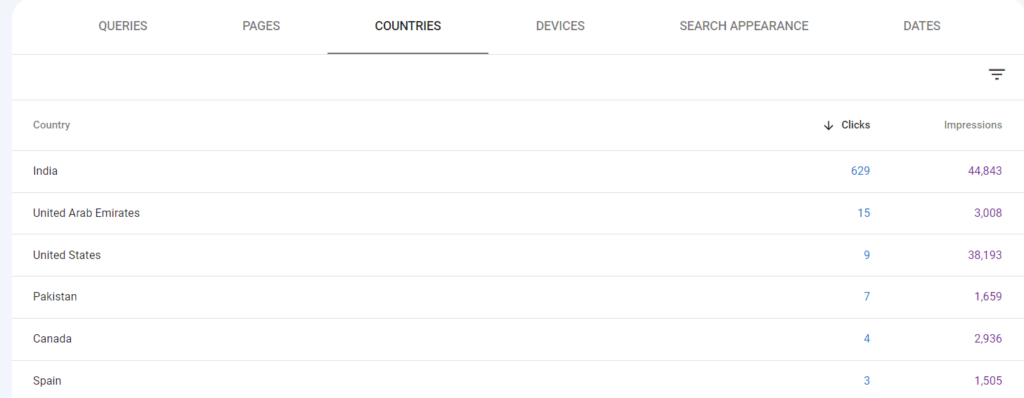 Analyzing Devices: The report lets you view the various device types used to access your website.
Analyzing Devices: The report lets you view the various device types used to access your website. 
Optimizing Your Site with Search Console
Now that you’ve taken a look at the insights you can gain from Search Console, it’s time to use the tool to its fullest potential. Here’s how you can leverage Search Console to optimize your site: Implementing Structured Data: Structured data helps you make your content easier for search engines to find and crawl. You can use Search Console to check if your structured data is properly implemented and valid. Setting Up Crawl Rate: This feature lets you set the frequency and intensity at which Google crawls your website. Allowing or Disallowing Pages: Search Console also allows you to set specific pages of your website to disallow crawling. Submitting Sitemaps: Search Console makes it easy for you to submit sitemaps to help Google crawl and index your website. 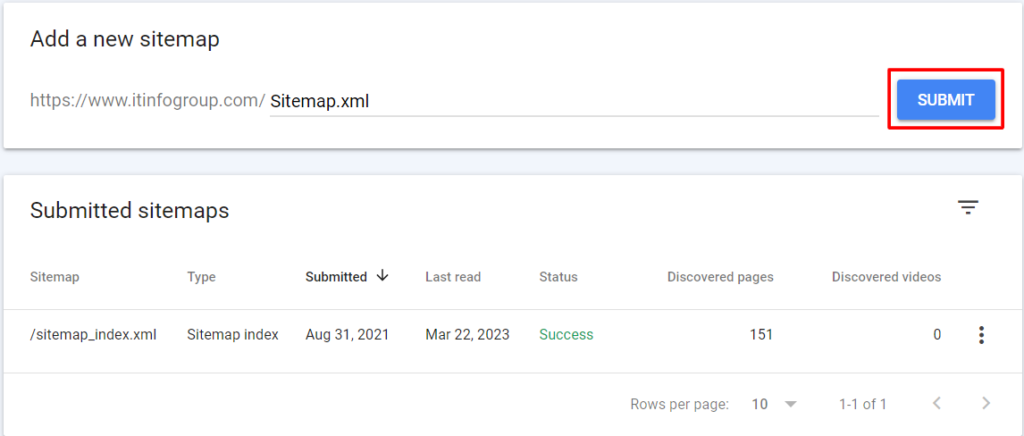 Monitoring Fetch as Google: This feature lets you determine how Google crawls and indexes your webpages. Google Search Console added new features to start reporting on the Core Web Vitals (CWV) scores of specific URLs, in addition to aggregate scores for URL groups. If you click on a URL group in the Search Console report, a new panel will appear on the right side that provides URL-level information. The Core Web Vitals are a set of metrics that measure the performance of web pages. These metrics include Largest Contentful Paint (LCP), First Input Delay (FID), and Cumulative Layout Shift (CLS). The Core Web Vitals scores are based on real-world user experiences and are designed to help webmasters create better experiences for their users. The reports show the performance of web pages over time and help webmasters see how their pages are performing and identify opportunities for improvement. Now, Google is taking the Core Web Vitals reporting a step further. Search Console will now be able to report on the Core Web Vitals scores of specific URLs, in addition to aggregate scores for URL groups. This means that webmasters will no longer have to guess how their individual pages are performing. Instead, they’ll be able to see exactly how each page is performing and use this data to make informed decisions about how to improve their pages. Furthermore, the report shows which URLs in the group got “good” CLS scores, so you can drop them when fixing CLS errors. In Our opinion, that is much more efficient than searching through each URL and looking for issues that might not exist. In most cases, the score assigned to a group will apply to most URLs in the group: The new reporting feature is a welcome addition to the Search Console and will be a valuable tool for webmasters and SEO professionals. By being able to view the Core Web Vitals scores of individual URLs, webmasters and SEO professionals will be able to better understand the performance of their web pages and make informed decisions about how to improve them. This can help webmasters and SEO professionals prioritize their efforts and make sure they’re focusing on the right areas to improve their pages. Google Search Console starts reporting on the Core Web Vitals scores of specific URLs, in addition to aggregate scores for URL groups. This new reporting feature will be a valuable tool for webmasters and SEO professionals and will help them better understand the performance of their web pages and make informed decisions about how to improve them.
Monitoring Fetch as Google: This feature lets you determine how Google crawls and indexes your webpages. Google Search Console added new features to start reporting on the Core Web Vitals (CWV) scores of specific URLs, in addition to aggregate scores for URL groups. If you click on a URL group in the Search Console report, a new panel will appear on the right side that provides URL-level information. The Core Web Vitals are a set of metrics that measure the performance of web pages. These metrics include Largest Contentful Paint (LCP), First Input Delay (FID), and Cumulative Layout Shift (CLS). The Core Web Vitals scores are based on real-world user experiences and are designed to help webmasters create better experiences for their users. The reports show the performance of web pages over time and help webmasters see how their pages are performing and identify opportunities for improvement. Now, Google is taking the Core Web Vitals reporting a step further. Search Console will now be able to report on the Core Web Vitals scores of specific URLs, in addition to aggregate scores for URL groups. This means that webmasters will no longer have to guess how their individual pages are performing. Instead, they’ll be able to see exactly how each page is performing and use this data to make informed decisions about how to improve their pages. Furthermore, the report shows which URLs in the group got “good” CLS scores, so you can drop them when fixing CLS errors. In Our opinion, that is much more efficient than searching through each URL and looking for issues that might not exist. In most cases, the score assigned to a group will apply to most URLs in the group: The new reporting feature is a welcome addition to the Search Console and will be a valuable tool for webmasters and SEO professionals. By being able to view the Core Web Vitals scores of individual URLs, webmasters and SEO professionals will be able to better understand the performance of their web pages and make informed decisions about how to improve them. This can help webmasters and SEO professionals prioritize their efforts and make sure they’re focusing on the right areas to improve their pages. Google Search Console starts reporting on the Core Web Vitals scores of specific URLs, in addition to aggregate scores for URL groups. This new reporting feature will be a valuable tool for webmasters and SEO professionals and will help them better understand the performance of their web pages and make informed decisions about how to improve them.
Fixes of errors in google search console:
The GSC allows you to detect problems that could be preventing your visibility, such as crawl errors and malicious content. By immediately fixing these issues, your website can reach more potential customers, thus improving your visibility and overall website performance. Fixing Crawl Errors: One of the most important tasks you can do through GSC is to check for and fix crawl errors. The GSC will highlight specific URLs on your website that are returning soft 404s and page not found errors, making it easier for you to identify and fix them. Once these errors have been eliminated, your website will be able to properly load and search engines can index it more quickly. Submitting to Index:  Another useful GSC feature is the ability to submit individual webpages to the Google index. This is important if you have created new pages that haven’t yet been discovered by Google or if you’ve made changes to existing pages. Once you have submitted the URL, Google will scan the page and, if relevant, add it to their index. This will give your page more exposure and generally should improve your website’s rankings. Dealing with Malicious Content: Google takes malicious content very seriously. While GSC won’t detect every bit of malicious content that exists on your website, it can alert you to certain types and help you to fix it. If you are alerted to any malicious content, it’s important to remove it as soon as possible to avoid having your website completely removed from Google’s search results. Setting up Structured Data: Structured data helps Google understand what the contents of your webpages are and how they should be categorized in the search results. Setting up structured data correctly can improve your website visibility, as it is more likely to appear in the right categories in the search results. Fortunately, GSC makes it easy to set up and test structured data on your website. Troubleshooting Validation Errors: Sometimes, GSC may highlight validation errors when you try to submit a web page or structured data. If this happens, it’s important to troubleshoot the errors and correct them as soon as possible. If left unchecked, these errors can prevent the page from being correctly indexed by Google. Disavowing Links:
Another useful GSC feature is the ability to submit individual webpages to the Google index. This is important if you have created new pages that haven’t yet been discovered by Google or if you’ve made changes to existing pages. Once you have submitted the URL, Google will scan the page and, if relevant, add it to their index. This will give your page more exposure and generally should improve your website’s rankings. Dealing with Malicious Content: Google takes malicious content very seriously. While GSC won’t detect every bit of malicious content that exists on your website, it can alert you to certain types and help you to fix it. If you are alerted to any malicious content, it’s important to remove it as soon as possible to avoid having your website completely removed from Google’s search results. Setting up Structured Data: Structured data helps Google understand what the contents of your webpages are and how they should be categorized in the search results. Setting up structured data correctly can improve your website visibility, as it is more likely to appear in the right categories in the search results. Fortunately, GSC makes it easy to set up and test structured data on your website. Troubleshooting Validation Errors: Sometimes, GSC may highlight validation errors when you try to submit a web page or structured data. If this happens, it’s important to troubleshoot the errors and correct them as soon as possible. If left unchecked, these errors can prevent the page from being correctly indexed by Google. Disavowing Links:  If you have any spammy or low-quality links linking to your website, then GSC can help you disavow them. Disavowing links essentially tells search engines to ignore them and not to factor them into your page rankings. Fixing 404 errors: Fixing 404 errors is an important part of maintaining a healthy website. With GSC you can easily identify which pages are returning a 404 error and take action to fix them. This prevents wastage of crawls and ensures that users find the pages they are looking for. Crawl but not Indexed:
If you have any spammy or low-quality links linking to your website, then GSC can help you disavow them. Disavowing links essentially tells search engines to ignore them and not to factor them into your page rankings. Fixing 404 errors: Fixing 404 errors is an important part of maintaining a healthy website. With GSC you can easily identify which pages are returning a 404 error and take action to fix them. This prevents wastage of crawls and ensures that users find the pages they are looking for. Crawl but not Indexed: 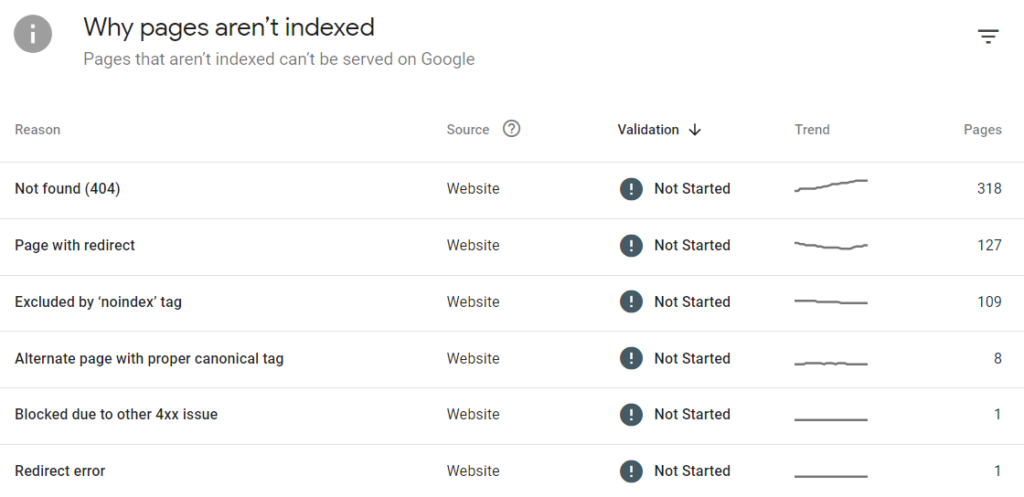 If GSC detects that your website is being crawled by Google but not being indexed properly, there is likely an issue with the website. It could be as simple as a slow loading website or something more serious such as broken or dead links. It’s important to take action as soon as possible to rectify this issue to ensure that your website is visible to Google. Conclusion Hope you understood everything from this Guide to Google Search Console, Google Search Console provides a wealth of useful data about your website and the visitors that visit it. It’s an invaluable tool for online marketers, business owners and website administrators who want to improve the visibility and ranking of their website. By making sure that crawl errors and other issues are fixed and submitting content to the Google index, you can ensure that your website has the best possible chance to reach customers and this makes GSC an incredibly powerful tool. Also Read: Online SEO Course Digital Marketing Trends in 2023 Advantages and Disadvantages of ChatGPT ChatGPT SEO Guide Add yourself to Google’s people card
If GSC detects that your website is being crawled by Google but not being indexed properly, there is likely an issue with the website. It could be as simple as a slow loading website or something more serious such as broken or dead links. It’s important to take action as soon as possible to rectify this issue to ensure that your website is visible to Google. Conclusion Hope you understood everything from this Guide to Google Search Console, Google Search Console provides a wealth of useful data about your website and the visitors that visit it. It’s an invaluable tool for online marketers, business owners and website administrators who want to improve the visibility and ranking of their website. By making sure that crawl errors and other issues are fixed and submitting content to the Google index, you can ensure that your website has the best possible chance to reach customers and this makes GSC an incredibly powerful tool. Also Read: Online SEO Course Digital Marketing Trends in 2023 Advantages and Disadvantages of ChatGPT ChatGPT SEO Guide Add yourself to Google’s people card

























